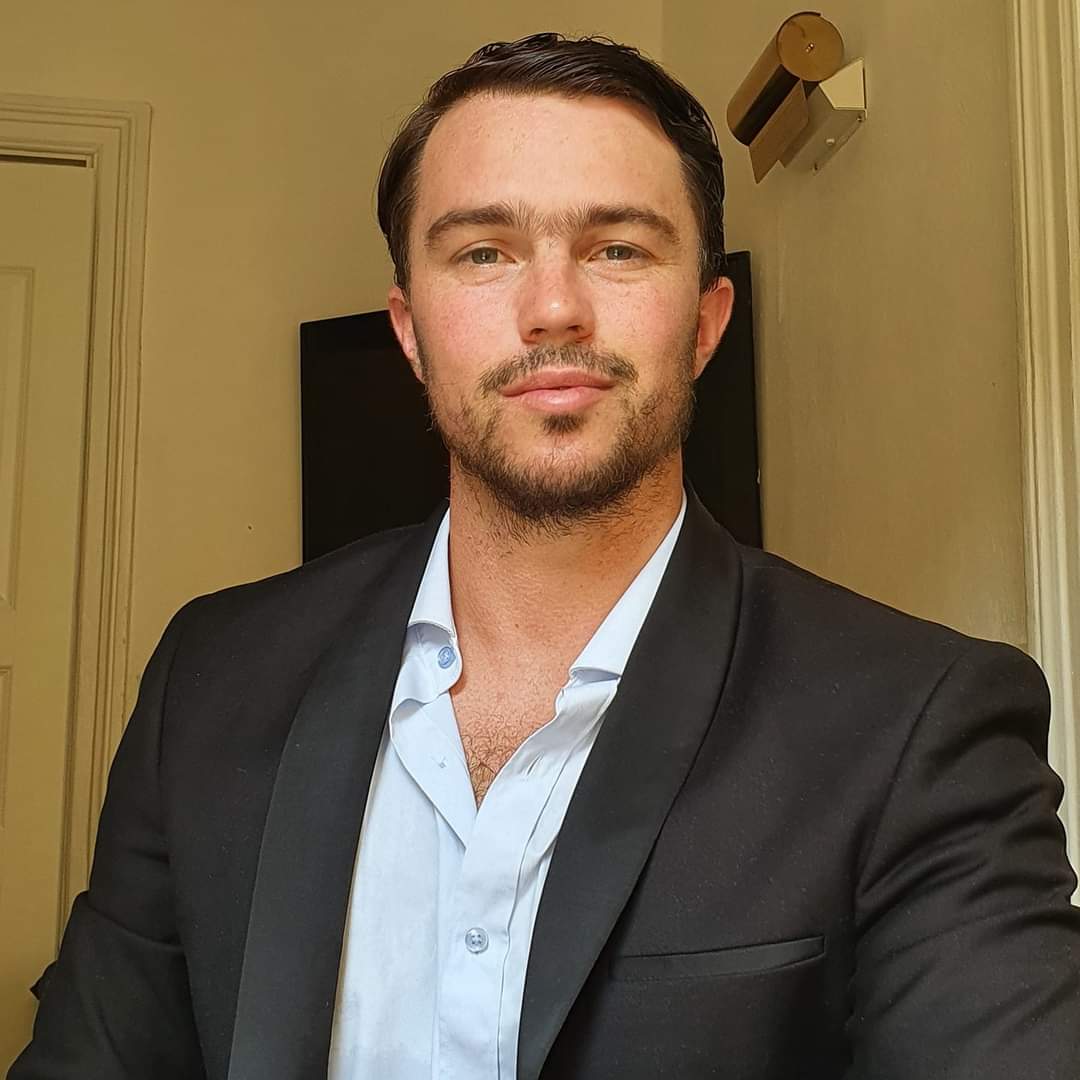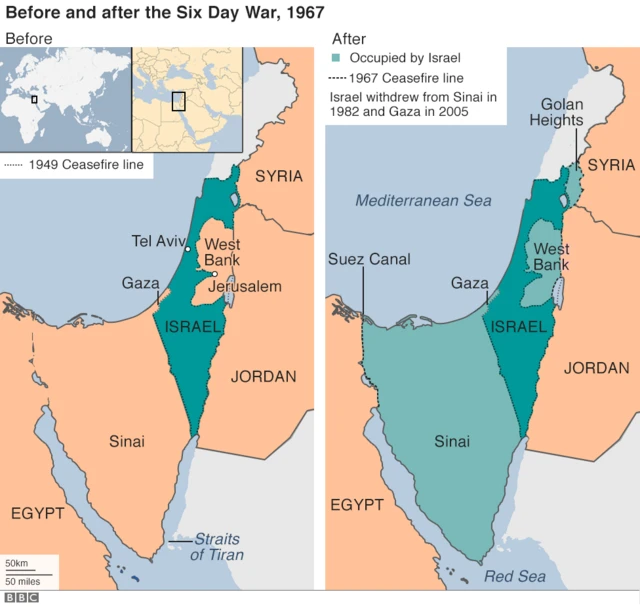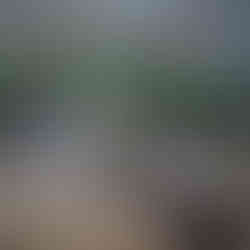What is happening in Lebanon between Israel and Hezbollah?
- Sebastian Palacios.

- Sep 22, 2024
- 5 min read
Updated: Sep 25, 2024
After World War I and the dissolution of the Ottoman Empire, France took over Lebanon and made it a Protectorate to counterbalance the power of the UK in the area, but also to set the foundations of a state that “should be the refuge for all the Christians of the Middle East”. A census in 1932 was performed by French authorities and found that around 50% of the population was Arab Maronite Christian, 20% Arab Sunni Muslim, 20% Arab Shiite Muslim and 5% other denominations. But all the governments of Lebanon have refused to do another census for fear “of destabilizing the confessional order".
In 1943, Lebanon declared a pacted and peaceful independence from France and set up an extremely complicated multi-confessional parliamentary system to satisfy all religious groups under the so-called National Pact. The country was divided into religious spheres of influence: The president would always be a Christian Maronite; the speaker of the Parliament a Shiite Muslim; and the prime minister a Sunni Muslim. Ministers of the government and civil servants were also divided at a six to five ratio in favor of the Christians.
As years passed, Muslims demanded a bigger share of the state repartition as they saw themselves as the majority of the population. In 1975, a brutal civil war erupted among all major ethnic groups that concluded in 1989 with the Ta’if Agreement. The peace settlement readjusted the balance between the Maronite and Muslim populations: Powers were removed from the Maronite president and given to the Sunni prime minister, and the divide in parliamentary representation was shifted to 50-50 Maronite-Muslim. However, data from current electoral lists show that Christians, once the largest group in Lebanon, now make up only 21% of voters. The Shias are now 29% of those listed, followed closely by the Sunnis, who make up 28%.
Parallel to that, the conflict between Hezbollah (founded in 1985) and Israel (founded in 1948) started with the 1948 Arab-Israeli war, when around 700,000 Palestinians were expelled (known as Nakba), mainly to Jordan and Lebanon. The Palestine Liberation Organization (PLO) was founded in 1964 with members of these refugees and became a powerful force aimed to destroy Israel. It had headquarters in Jordan, and was branded as a terrorist organization by western powers after it massacred Jewish and American citizens in terrorist attacks. Additionally, the Marxist branch of the PLO in Jordan, known as the Popular Front for the Liberation of Palestine (PFLP) became even more radicalized in 1970 when it starts to fight the Jordan monarchy and hijacked five airliners bound for New York and London: Swissair, Panam, El Al (failed), TWA and BOAC.
After that, the King of Jordan Hussein had enough, fought a civil war against Palestinians living in Jordan and in 1971 expelled all the PLO from the country. This provoked 300,000 Palestinian refugees to move from Jordan to Lebanon, causing an additional demographic imbalance within Lebanese society. Very rapidly, the PLO created a parallel state-within-a-state in Lebanon, leading to the 1975 civil war in Lebanon, that ended with the aforementioned Ta’if Agreement.
In 1976, Israel got involved in the Lebanese civil war when it started to assist Lebanese Christian militias against the PLO and Syrian militias. Additionally, in March 1978, Palestinian militants hijacked a bus on the Coastal Highway inside Israel and murdered its occupants; 38 Israeli civilians, including 13 children, were killed as a result of the attack while 76 more were wounded.
As a response, Israel invaded the south of Lebanon and established a security zone with mostly Christian inhabitants. Attacks from the PLO and Syrian militias towards Israel continued and in 1982 Israel decided to fully invade Lebanon and take its capital Beirut. Israel used the attempted assassination of an Israeli diplomat in the United Kingdom as a pretext, despite the perpetrators belonging to the Abu Nidal Organisation, which was an enemy of the PLO. In cooperation with the Christian militias, Israel occupied southern Lebanon and surrounded the PLO and the Syrian Army in west Beirut, which it subjected to a siege. However, Israel's position in Beirut became untenable because of the Israeli military's role in facilitating the perpetration of the Sabra and Shatila massacre, in which around 3000 Palestinian refugees were executed by Lebanese Christians. This led to a full Israeli withdrawal in 1985 from Beirut to the security zone in southern Lebanon.
It was at the peak of the Lebanese civil war, and during the Israeli occupation of Lebanon in 1985, that Hezbollah was created, and its main goal has been to destroy Israel and dominate Lebanese politics by leading the Shiite, pro-Iranian factions in the country. Palestinian and Lebanese groups led by Hezbollah waged a low-intensity guerrilla war against the Israeli occupation of southern Lebanon until Israel withdrew from the country in 2000, following a resolution from the UN. At the same time, Hezbollah, which was still acting as a terrorist organization, was recognized as a legal political force by different Lebanese Parliaments and governments, and were also allowed officially to operate as a paramilitary force in addition to the regular Lebanese army.
Lebanon, and specially Hezbollah, argue that Israel did not retreat fully from Lebanon in 2000 because they claim that a strip of 11 km long and 2.5 km wide in the Syrian-Lebanese border, known as the Shebaa Farms, is part of Lebanon. However, the UN has ruled out that the evidence points out that it belongs to the Israeli Occupied Golan Heights, and therefore it is Syria, not Lebanon that has the right to ask Israel to retreat from it. The whole Golan Heights are in turn disputed between Syria and Israel, and the UN and all countries of the world except the US view it as an occupied territory by Israel following the Six Days War in 1967. Despite that, Israel has populated the area with its citizens, which is prohibited by international law, and since its foundation, Hezbollah had promised to “not rest until eradicating the Israeli presence in the Golan Heights”.
In 2006 Hezbollah crossed the Lebanese-Israeli border, killed 3 Israeli soldiers and kidnapped 2 more. This unleashed a 37-day war that killed thousands of soldiers and civilians on both sides. On 11 August 2006, the United Nations Security Council unanimously approved a resolution, which was also approved by both the Lebanese and Israeli governments in the following days, that called for disarmament of Hezbollah, the withdrawal of the IDF from Lebanon, and for the deployment of the Lebanese Armed Forces and an enlarged United Nations Interim Force in Lebanon (UNIFIL) in the south. The 2 kidnapped Israeli soldiers were finally exchanged for Hezbollah militants captured by Israel. However, Lebanon has never attempted to disarm or punish Hezbollah for launching attacks on Israel, which have continued ever since.
With the current war in Gaza, Hezbollah, which is a direct ally of Hamas and both are financed by Iran, has launched thousands of rockets into Israel. Hezbollah claims to have around 100,000 soldiers but those numbers cannot be verified. In July 2024, those rockets killed 12 children in a soccer field located in the occupied Golan Heights, and Israel promised to hit back at Hezbollah as hard as possible. The response came this week, when first 12 people died, mostly Hezbollah militants, as their personal pagers detonated in public spaces and then in the weekend, when Israeli airstrikes killed around 40 people, including a top Hezbollah leader, in the Lebanese capital of Beirut.

























Comments